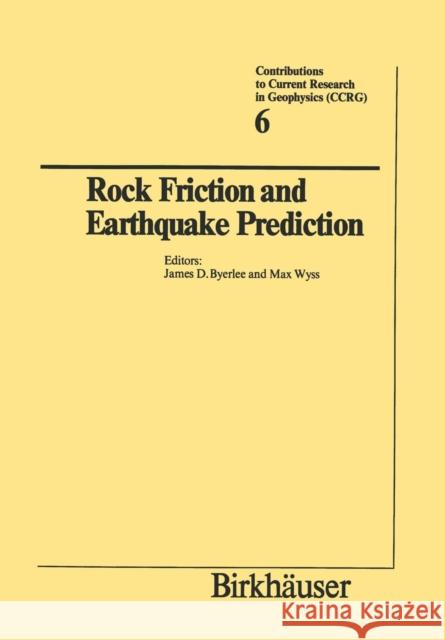Rock Friction and Earthquake Prediction » książka
topmenu
Rock Friction and Earthquake Prediction
ISBN-13: 9783034871846 / Angielski / Miękka / 2012 / 412 str.
Kategorie:
Kategorie BISAC:
Wydawca:
Birkhauser
Seria wydawnicza:
Język:
Angielski
ISBN-13:
9783034871846
Rok wydania:
2012
Wydanie:
Softcover Repri
Numer serii:
000170840
Ilość stron:
412
Waga:
0.65 kg
Wymiary:
24.41 x 16.99 x 2.16
Oprawa:
Miękka
Wolumenów:
01
Dodatkowe informacje:
Wydanie ilustrowane











